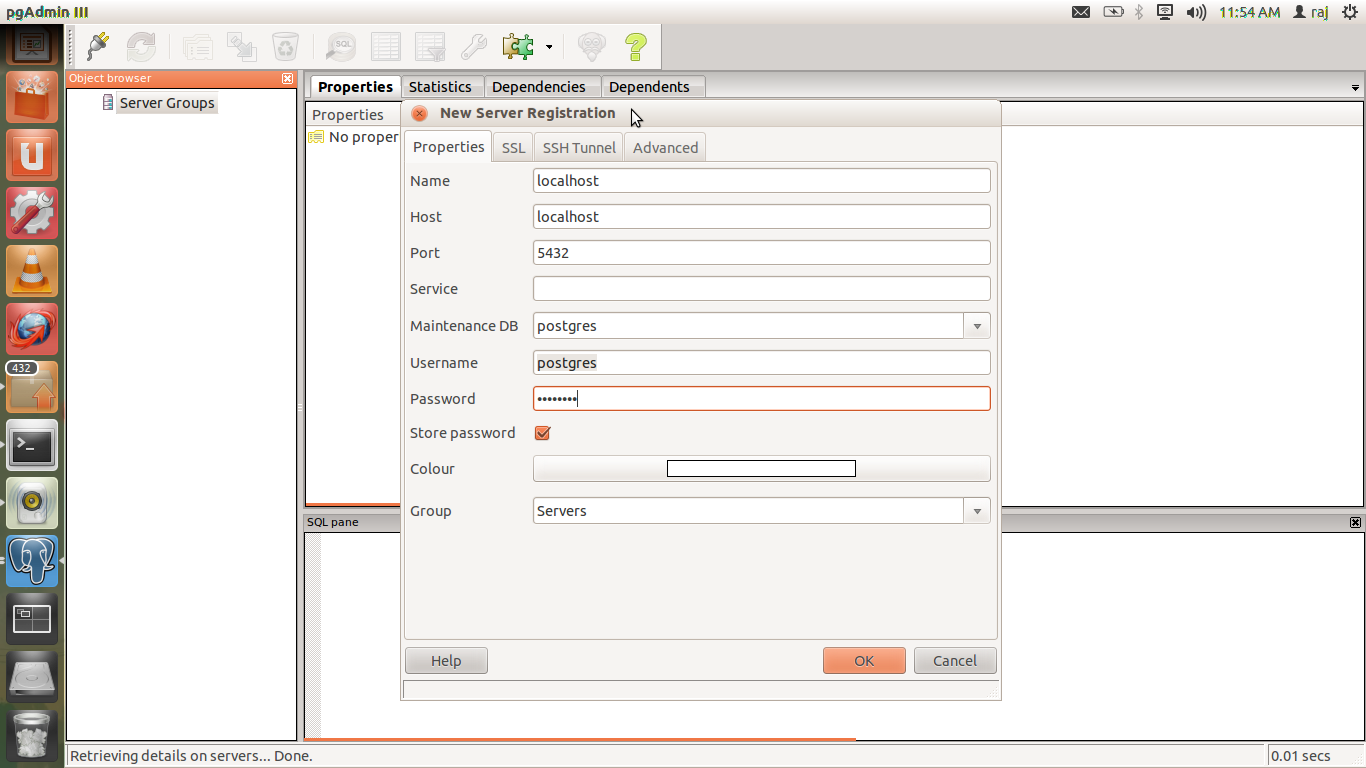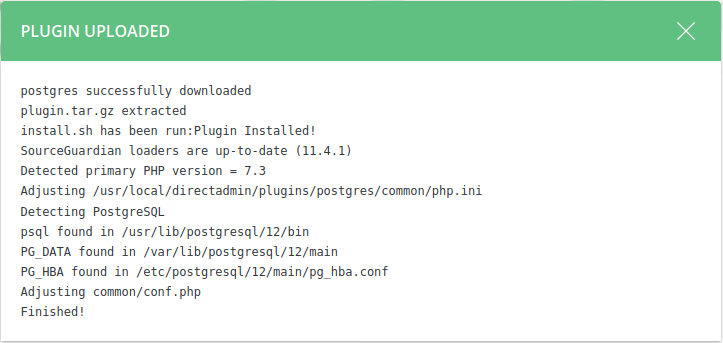

- #Miniconda postgresql install how to#
- #Miniconda postgresql install install#
- #Miniconda postgresql install update#
- #Miniconda postgresql install free#
& rm -f Miniconda3-latest-Linux-x86_64.sh \ & bash Miniconda3-latest-Linux-x86_64.sh -b \

bashrc to switch to its own Python version.
#Miniconda postgresql install install#
Install MinicondaĪfter it's installed, Miniconda updates. Finally, clean up some space with rm -rf /var/lib/apt/lists/* for minimizing the final Docker image size. Git and Wget can be very handy when fetching Python Applications from different repositories and URLs. & apt-get install -y -no-install-recommends \ Install any non-Python dependencies for your Python app(say g++ and any other as per your requirement).
#Miniconda postgresql install update#
RUN apt-get update & apt-get -y upgrade \ Update the latest default packages by using Python Slim as the base image.
#Miniconda postgresql install how to#
Here's how to begin and progress building the image: Prepare the base image I will enclose the complete Dockerfile below after I've finished explaining the steps within the image building process via a step by step walk-through of the file. But first create a directory for your docker app. Now let’s create a new empty file named Dockerfile using the touch command. Step 2: Create Dockerfile with the needed customization Pull the latest docker image of Python Slim using the docker pull command: docker pull python:slim I included it to show that you can compare it with the customized python application image like in the previous Dockerfile tutorial. However, Python Slim is around 40 MB in size, based on Debian Buster and Python 3.9.1.

The latter is really small but can greatly affect performance when it comes to running applications. I chose Python Slim in this example instead of Alpine Linux. You’ll need an active internet connection for downloading the base docker image.įor a sample Python application, I am using a simple "Hello World!" example named python-app.pyto make it easier for you to understand how to run it via Miniconda on Docker.Ī full-fledged Python application that uses different Python libraries would greatly benefit from the same procedure, especially because of Miniconda's various dependency provisions. Make sure to add yourself to the docker group so that you can run docker without sudo. If you have not already, please install Docker on Ubuntu or whichever Linux distribution you are using. So, let us now go ahead with creating the new Python Application image with Miniconda and Docker! Prerequisite This gives you more flexibility as you can always rebuild a new image with the change whenever you want.

This is when the combined power of Miniconda and Docker becomes a great solution! There are also many use cases where a Python application running on Miniconda seeks non-Python host-side dependencies (for example g++).Though Python 2 is officially dead, you can still test older applications on top of this environment without needing to audit your new Python 3 port with 2to3. Miniconda allows you to install both Python 2 and Python 3 applications.With it, you can run conda install python=3.7 to change the Python version required by installing it with all dependencies necessary. This is a huge help for developers of applications that are based on say different versions of Python 3: They could be 3.6, 3.7, 3.8, 3.9 or earlier versions too.įor example, if by default you're running Python 3.9 but your Python application requires Python 3.7 because of relevant dependencies, what would you do? So, this provides you an added level of isolation when done on a Docker container.ĭue to the above point, you also get another advantage: Since you are using conda that Miniconda installed, you can use this tool to change the relevant Python version of your application as and when needed. Miniconda installs on a separate location having its own Python environment. When you install Miniconda on a host, you are not actually using the Python version provided by the operating system's package manager.
#Miniconda postgresql install free#
Miniconda is a free minimal installer for conda and gives you a small, bootstrap version of Anaconda with just the bare-bones necessities you need to run Python applications. So, you can bid goodbye to those host-based installation hiccups! Creating a docker image for your Python application You'll be able to straightaway run your Python application with Docker every single time. Once you've modified and revised that image, you'll no longer need to worry about installing your Python Application on different operating systems. This is going to be useful for both users and developers. In this tutorial, I will show you how to follow the same idea but for Python applications alone.


 0 kommentar(er)
0 kommentar(er)
